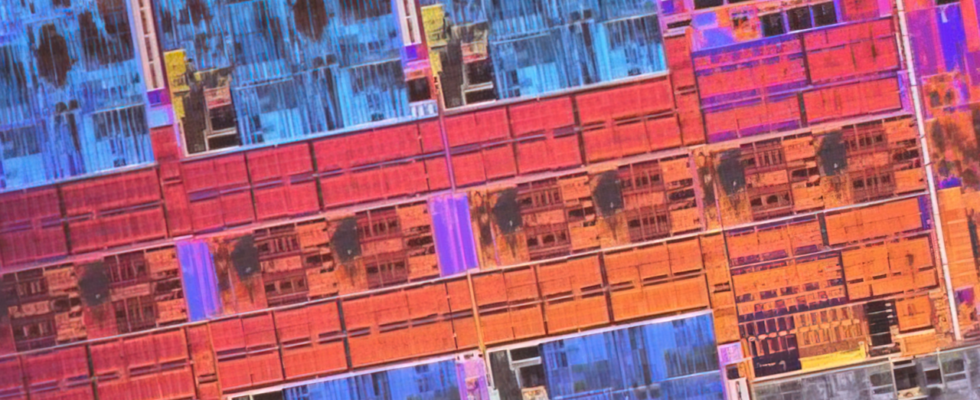A postponement beyond 2024 is slowly emerging for this 15e generation of processors signed Intel.
After two years of frantic orders, the computer industry is experiencing a slowdown that will have escaped no one. Although it is logical, it is however more brutal than expected.
Reports of orders on the 3 nm of TSMC
In fact, many companies are reviewing their investment plans and future developments. So, to believe DigiTimes whose words are relayed by Tom’s HardwareIntel would have reviewed its roadmap.
There is no question for the moment of postponing technical progress on the internal engraving processes of the American group. On the other hand, as you probably know, many orders are placed with the Taiwan Semiconductor Manufacturing Company (TSMC). These make it possible to produce the GPUs of the ARC family and had to be part of a broader context in order to exploit TSMC’s 3 nm engraving process.
A collaboration between Intel and TSMC on Meteor Lake
From this point of view, TSMC is indeed a little ahead of Intel. According to the latest information on the subject, this 3 nm was to be used to produce the GPU part of the 15e generation of Intel processors, the Arrow Lake range, which was expected to be released in the third quarter of 2024.
According to DigiTimes therefore, Intel would have pushed back its 3nm orders from TSMC. They would only be planned for the end of 2024. In the best case, Intel could not produce its Arrow Lake processors until the beginning of 2025.
Keep in mind, however, that we are talking about medium-term forecasts here and that Intel is already focused on launching new Raptor Lake-S and, later in 2023, its 14e generation of processors, the Meteor Lake range which should already introduce a collaboration with TSMC.
Indeed, Meteor Lake will be the first processor to combine the Intel 4 (7 nm) engraving process for the calculation part with TSMC’s 5 nm (GPU) and 6 nm (SoC) processes. A good opportunity to see how it all happens.
Source : Tom’s Hardware

3